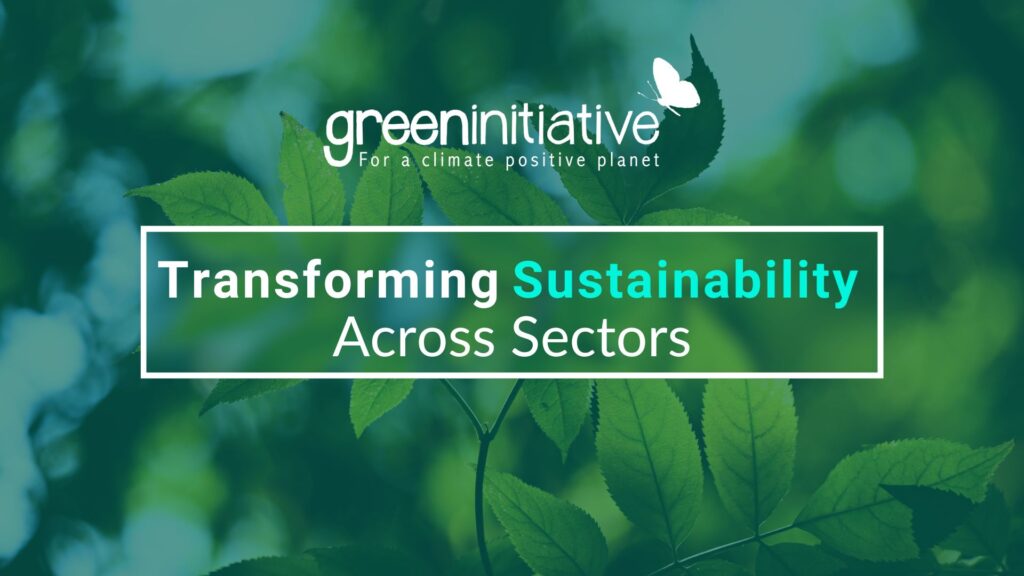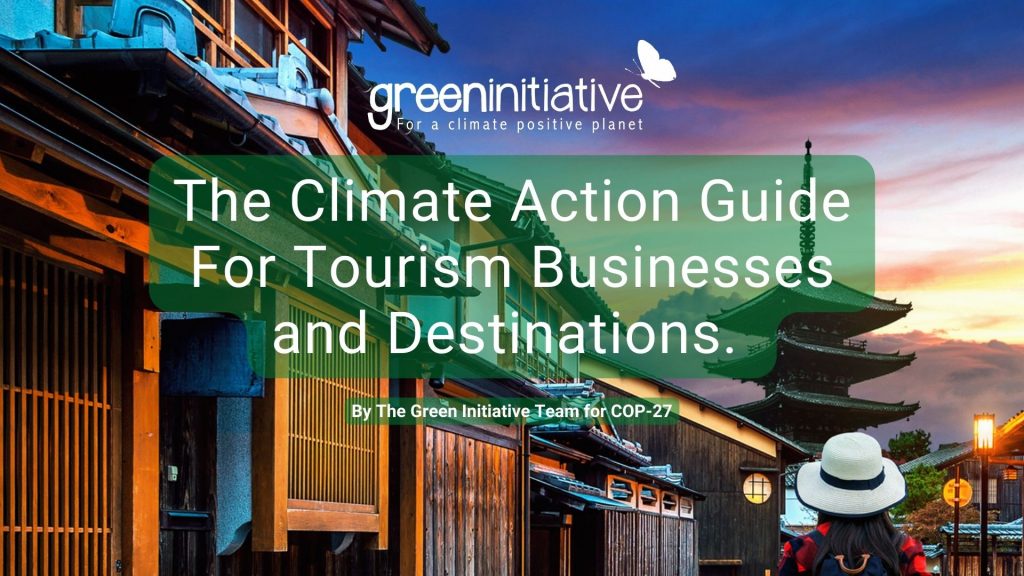World Environment Day 2025: United for a World #BeatPlasticPollution
This June 5th, the world once again raises its voice for the planet under the theme #BeatPlasticPollution, an urgent call to reduce our dependence on this highly polluting material. With Jeju, South Korea as the global host, World Environment Day 2025 invites us to reflect on our consumption and waste management practices—and to take action against one of the most visible environmental crises of our time. This focus is no coincidence: the scientific evidence on the scale of the plastic problem is overwhelming—yet so are the solutions already working around the world. The Real Scale of the Plastic Problem The numbers around plastic pollution are more alarming than many imagine. Each year, the planet produces nearly 400 million tons of plastic—up from just 2 million tons in 1950 [1]. Of this massive amount, less than 10% is effectively recycled, while about 22% ends up in improper landfills or directly in the environment [2]. The impact of this massive plastic accumulation crosses both geographic and biological boundaries. Scientific research has found microplastics in the most remote regions of the planet—from isolated mountain peaks to deep ocean trenches [3]. Even more alarming, recent studies have detected microplastics in human blood, placental tissue, and digestive systems, raising long-term health concerns [4]. Plastic production also significantly contributes to climate change, generating approximately 1.8 billion tons of CO₂ equivalent annually, which represents 3.4% of global greenhouse gas emissions [5]. Without drastic changes in our production and consumption models, these numbers could double by 2040. Key Facts at a Glance: #BeatPlasticPollution Infographic 🇰🇷 Jeju: A Laboratory of Real Solutions The choice of Jeju, South Korea as host of World Environment Day 2025 reflects its recognition as a global model in sustainable plastic waste management. This volcanic island of 1.8 million people has implemented one of the world’s most advanced systems to fight plastic pollution. The Korean model integrates advanced technology infrastructure, systematic environmental education, and strict regulations. Since 2019, Jeju has enforced a mandatory separation system for over 10 types of waste, including various plastic categories sorted by chemical composition and recycling potential [6]. As a result, Jeju has achieved plastic recycling rates above 73%, far exceeding the global average. In addition, Jeju follows a holistic approach, combining innovative energy recovery technologies for non-recyclable plastics with awareness campaigns. Between 2018 and 2023, these efforts led to a 67% reduction in per capita plastic bag consumption. A standout achievement is Jeju’s sustainable tourism program, which welcomes over 15 million visitors annually. The island has progressively eliminated single-use plastics in hotels, restaurants, and attractions, proving that a thriving tourism industry can coexist with environmental sustainability [7]. Latin America: Challenges and Opportunities The contrast between Jeju’s model and Latin America’s reality illustrates both the challenges and opportunities in the region. According to the UN Environment Programme, Latin America generates around 541,000 tons of plastic waste per day, of which only 4.8% is recycled [8]. Key obstacles include: However, the region also has unique strengths: In Peru, Law 30884 regulates single-use plastics, progressively banning plastic bags, straws, and polystyrene containers [9]. While supermarkets cut plastic bag usage by 30%, informal markets still face challenges due to the limited availability and affordability of sustainable alternatives [10]. The most promising progress comes from local initiatives: Scientific Lessons for Local Action International research has identified specific strategies to accelerate the transition toward a world #BeatPlasticPollution. A global comparison of successful policies reveals that the most effective interventions combine [11]: Economic instruments alone can reduce the consumption of problematic plastic products by 20–50% within the first year [12]. Meanwhile, regulatory frameworks in the EU and Rwanda show that entire categories of plastics can be eliminated without significant economic harm, while driving innovation and sustainable market development [13] . The 2025 World Environment Day focus is strategically important, as it coincides with the final negotiations of the International Treaty on Plastic Pollution, with the fifth session scheduled for November in South Korea. This legally binding agreement could set: The alignment of global citizen awareness on June 5 and the political negotiations in November offers a historic opportunity to shape the next decades of global plastic governance. A Tangible and Achievable Future World Environment Day 2025 arrives in a hopeful context, driven by real progress. Solutions to plastic pollution not only exist—they are already delivering results. From algae-based or agricultural-waste biomaterials to plastic-free cities, practical models are already transforming consumption habits. A key tool in this process is carbon footprint measurement, which helps quantify plastic emissions across its lifecycle, leading to smarter, cleaner decisions. These actions: From an economic standpoint, the circular plastics economy could generate $80–120 billion in annual savings by 2040, while creating millions of jobs in recycling, material innovation, and sustainable design. [14] Join the Global Movement on June 5 This June 5, by joining the global movement #BeatPlasticPollution, we do more than raise our voices for the planet—we help drive a profound transformation that defends ecosystems, oceans, biodiversity, and human health. Every action matters in the fight against plastic pollution. Together, we move toward a future where nature can regenerate and sustain itself, creating a cleaner, safer, and healthier world for everyone. This article was written by Virna Chávez from the Green Initiative Team. References by the author: [1] Geyer, R., Jambeck, J. R., & Law, K. L. (2017). Production, use, and fate of all plastics ever made. Science Advances, 3(7), e1700782. https://doi.org/10.1126/sciadv.1700782 [2] OECD. (2022). Global Plastics Outlook: Policy Scenarios to 2060. Paris: OECD Publishing. https://doi.org/10.1787/aa1edf33-en [3] Allen, S., et al. (2019). Atmospheric transport and deposition of microplastics in a remote mountain catchment. Nature Geoscience, 12(5), 339-344. https://doi.org/10.1038/s41561-019-0335-5 [4] Leslie, H. A., et al. (2022). Discovery and quantification of plastic particle pollution in human blood. Environment International, 163, 107199. https://doi.org/10.1016/j.envint.2022.107199 [5] Zheng, J., & Suh, S. (2019). Strategies to reduce the global carbon footprint of plastics. Nature Climate Change, 9(5), 374-378. https://doi.org/10.1038/s41558-019-0459-z [6] Ministry of Environment, Republic of Korea. (2023). Korean New Deal for a Green Future: National Strategy for
World Environment Day 2025: United for a World #BeatPlasticPollution Read More »









